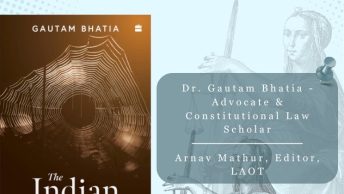Affirmative Action Returns to the US Supreme Court: Arguments in Fisher v. Texas Today
The US Supreme Cout will hear arguments today (10th October) in Fisher v. Texas concerning the constitutionality of using race as a factor in university admissions. Nine years after the ruling in Grutter v. Bollinger, the Supreme Court has the opportunity to revisit its ruling that the state has a compelling interest in promoting racial diversity in universities and thereby permitting the use of race as one of the factors in admission policies.
The facts in Fisher are slightly different from those in Grutter and that might well have a crucial role to play in the outcome of the case. While the aim of racial diversity in Grutter was applicable at the level of admissions across the university as a whole, the admission policy in Fisher seeks to achieve racial diversity at the level of specific courses and within each classroom. It will be interesting to see the US Supreme Court’s reaction to this ‘expansion of Grutter‘, particularly in the context of the current composition of the US Supreme Court. Justice Elena Kagan has recused herself from the case and only two judges from the majority in Grutter (Justices Breyer and Ginsburg) will be hearing the arguments in Fisher. However, Justices Kennedy, Thomas and Scalia dissented in Grutter and will hear arguments in Fisher as well. So that leaves Justices Roberts, Alito and Sotomayor and the question about how the votes of the eight judges will stack up is a fascinating one.
Readers will remember that Chief Justice Roberts proved the swing vote in upholding the constitutionality of the ‘individual mandate’ in Obama’s health care law in National Federation of Independent Business v. Sebelius. At that point, many commentators noted the fact that the opinion by Chief Justice Roberts took the focus away from Justice Kennedy as the swing vote on the current US Supreme Court. It will be interesting to observe how the issue of the swing vote plays out in the context of affirmative action. The focus is likely to return to Justice Kennedy, especially in the context of his opinion in Parents Involved in Community Schools v. Seattle where he voted to strike down a measure that sought to achieve racial integration of schools by using race specific criteria to allocate schools.






The US Supreme Cout good & excellent work. It will be interesting to observe how the issue of the swing vote plays out in the context of affirmative action.
Professional Legal Network